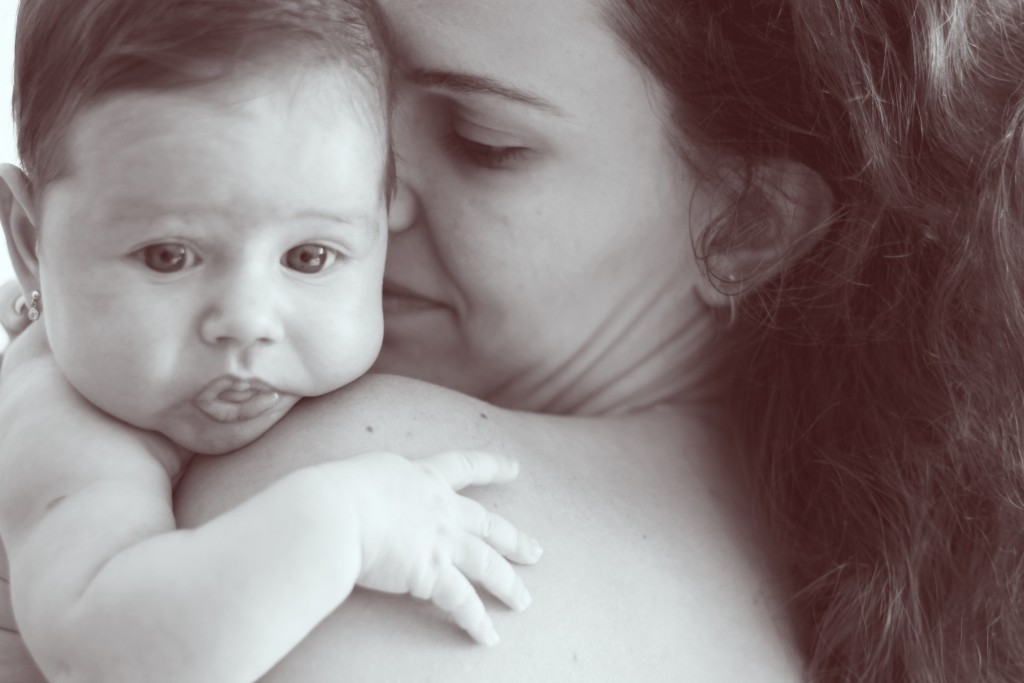
Sometimes even well-meaning strangers can ask, “When are you having a baby?” For some people, it’s more than just uncomfortable – it’s heartbreaking. Infertility is not something we often discuss in polite conversation, but it needs to be. One in six families is affected by infertility, and the issue should be discussed so we can all better understand the factors surrounding a private struggle that many people face.
Infertility is common.
Infertility is defined as the inability to conceive a child after more than 12 months of unprotected sex. One in six families are affected by either male or female infertility, or a combination of both. The World Health Organisation has predicted infertility to be the third most serious health condition in the 21st century, after cancer and cardiovascular disease.
Infertility affects both genders.
Males make up just under half of reported cases of infertility. One in 25 men is thought to have a low sperm count, and females over the age of 35 have a one in three chance of having issues with their infertility.
IVF is not always the solution.
There are many, many reasons that a family might struggle with infertility. Some causes are able to be addresses by looking at lifestyle, such as;
- Frequency and timing of sex. There is a small window every month where conception is possible, and some couples can seek education as to the best way to monitor their chances of conceiving.
- It’s not well known that many STIs, especially including chlamydia and gonorrhoea, can cause infertility issues. Once an STI has been diagnosed, the doctor can discuss where to go from there.
- After the age of about 33, conception becomes more difficult. Consultation with a doctor can give you some options.
- Some genetic factors negatively influence fertility.
- Lifestyle choices. Alcohol, smoking and caffeine are all known to impact fertility. For some people, giving up these substances helps them fight infertility.
- Weight and exercise. Being overweight and not exercising makes it much harder for the body to conceive. A healthy body can increase chances of conception.
- Having all the vitamins and minerals the body needs is vital to healthy conception, especially if someone has a deficiency.
Approach the fertility discussion with sensitivity.
While it’s absolutely vital that fertility is spoken about, remember that issues around sex and conception are often private matters. Some people feel like they’ve “failed” if they can’t conceive naturally within a “normal” timeframe. It’s almost always better to focus on listening and supporting, rather than giving advice.
If you are struggling with fertility, or find yourself wondering if what your family is experiencing is “normal” – talk to someone. Almost every person who finally seeks advice about their fertility wishes they had started sooner. Your trusted GP is a great place to start, and they can refer you on if necessary.


